Spiders are one of the most misunderstood creatures that inhabit our homes. Although they often elicit fear and anxiety, these arachnids play a crucial ecological role in controlling pests. In this article, we will explore 15 common house spiders, delving into how to identify them and understanding their significance. Whether you’re a nature enthusiast or simply looking to coexist peacefully with these eight-legged guests, this guide will provide you with the knowledge you need.
15. American House Spider
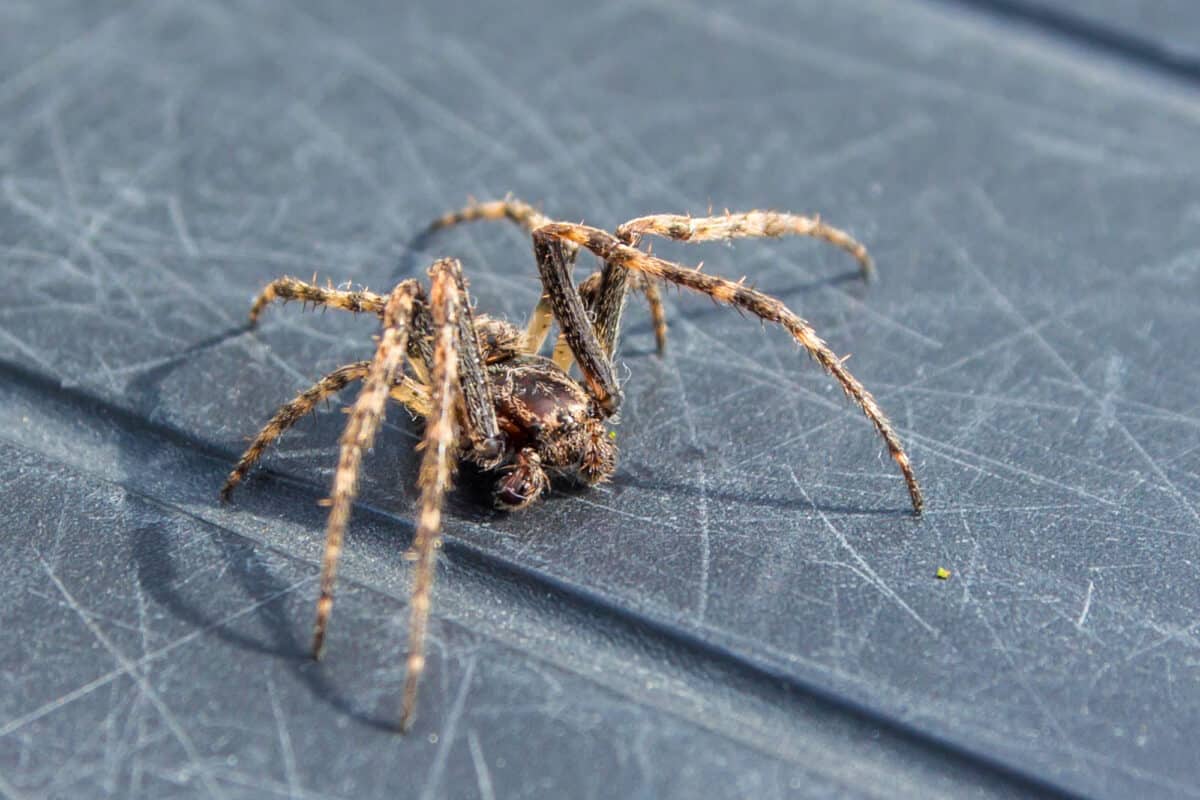
The American House Spider, known scientifically as *Parasteatoda tepidariorum*, is a familiar sight in homes across the United States. These small, brown spiders are noted for their messy, tangled webs. Generally harmless, their presence often indicates an effective mode of pest control as they feast on flies and mosquitoes. They typically have a rounded abdomen with dark markings, making them easy to identify.
14. Daddy Longlegs
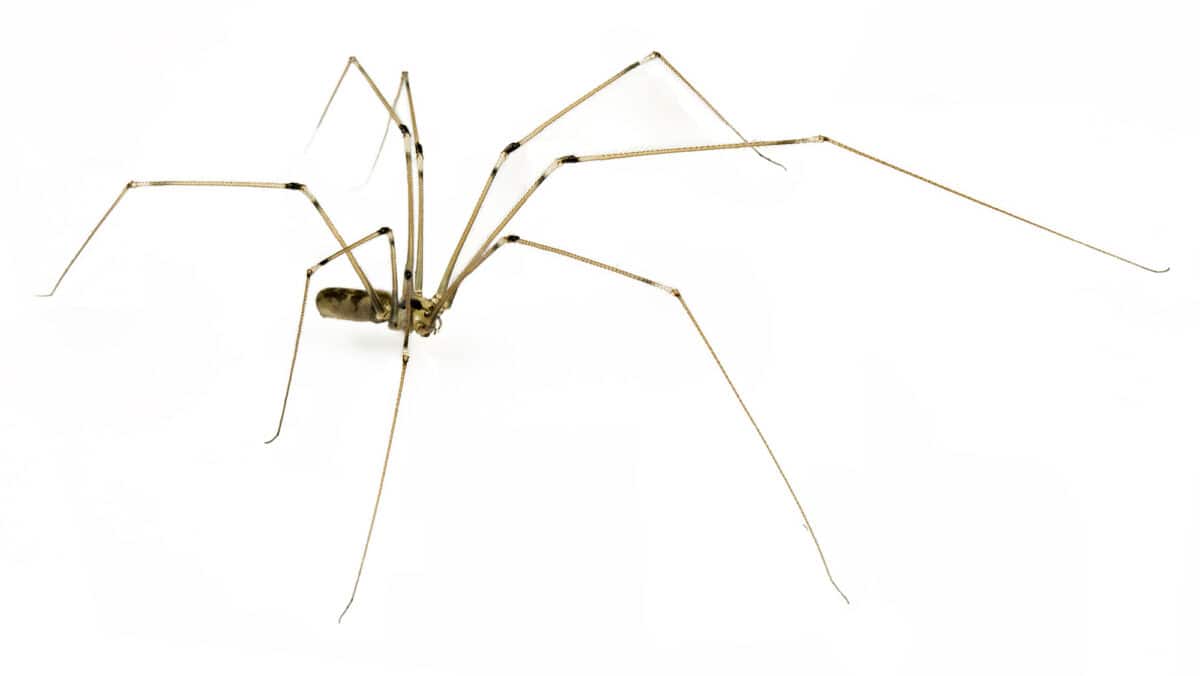
Often mistaken for insects, Daddy Longlegs, or cellar spiders, have exceptionally long legs and small bodies. Known as *Pholcus phalangioides*, these spiders prefer damp areas like basements. Legends suggest they are highly venomous, but this is a myth; their fangs are too short to pose a threat to humans.
13. Wolf Spider

Unlike web-building counterparts, Wolf Spiders are hunters. Belonging to the family Lycosidae, they possess keen eyesight and are often seen scurrying along floors and walls. Their camouflage-like coloration can make them seem threatening, but they are harmless and benefit homes by controlling insect populations.
12. Jumping Spider

Jumping Spiders, from the family Salticidae, are known for their extraordinary jumping abilities. They have compact bodies adorned with iridescent chelicerae and large eyes that give them excellent vision. These spiders are often curious and intelligent, and their presence in homes can be fascinating due to their hunting prowess.
11. Brown Recluse
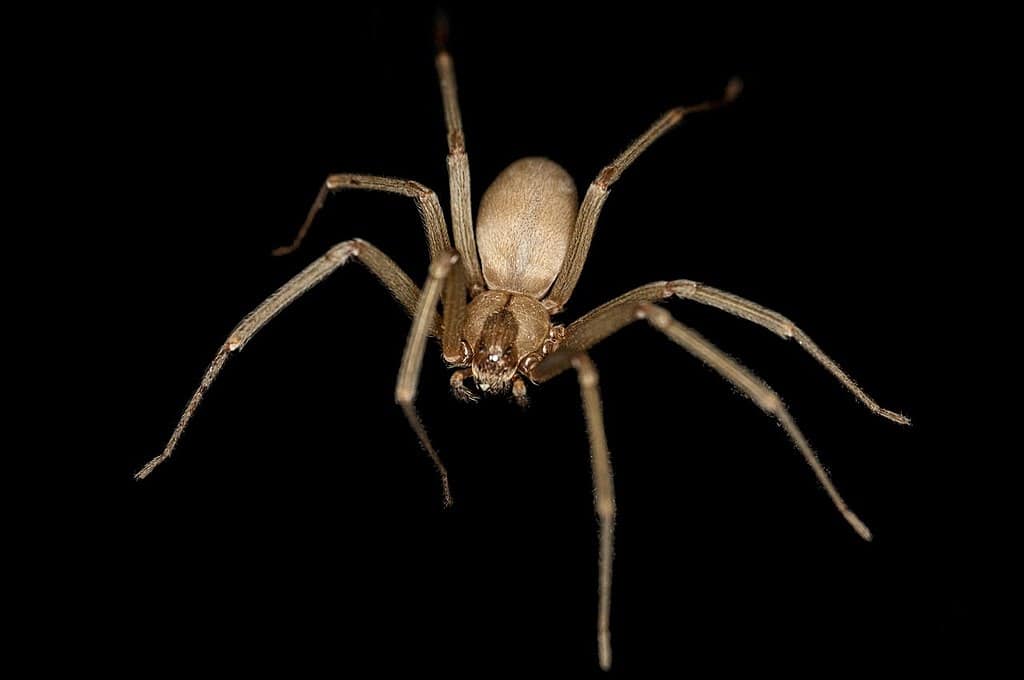
The Brown Recluse (*Loxosceles reclusa*) is one house spider that deserves caution. Characterized by a violin-shaped marking on its back, it is known for its potent venom. However, encounters are rare, and bites happen only when the spider is provoked. Typically found in dark, undisturbed areas, it’s best to exercise care when venturing into such spaces.
10. Black Widow

Known for its distinctive red hourglass marking, the Black Widow (*Latrodectus mactans*) is another spider of concern. While its bite can be medically significant, these spiders are reclusive and prefer staying hidden in cluttered and undisturbed habitats. Prevention and awareness can help avoid unwanted encounters.
9. Hobo Spider
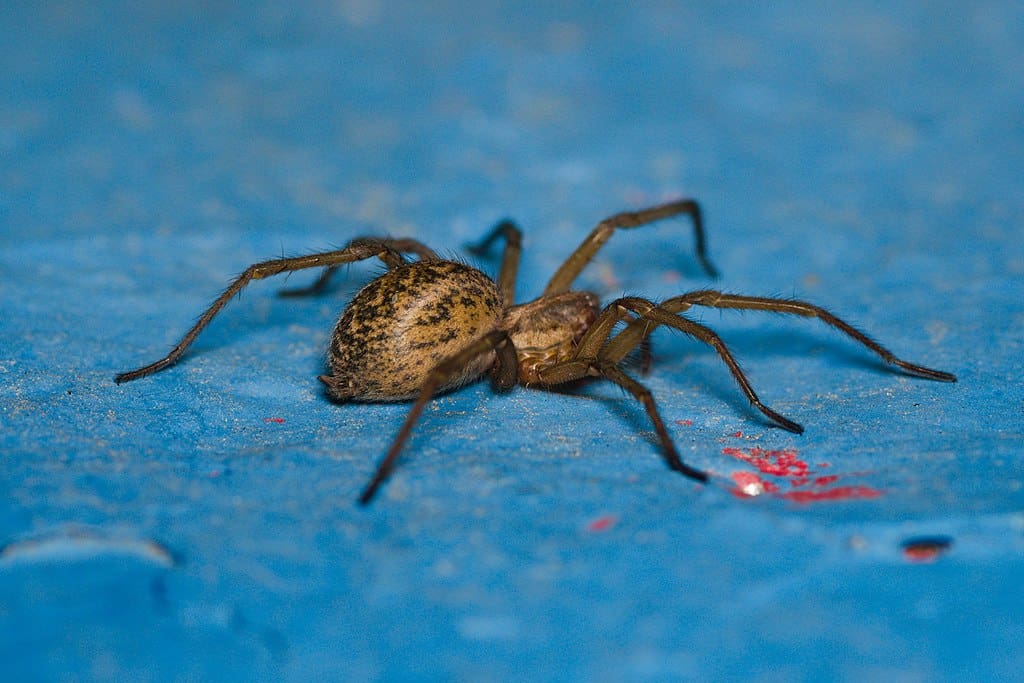
The Hobo Spider is often found in Europe and North America. Its size and brown coloration can make it easy to misidentify. Known for weaving funnel-shaped webs in hidden locations, its notoriety as a dangerous spider is largely overstated. It is best identified by its swift movements and outdoor preference.
8. Common House Spider

Not to be confused with the American House Spider, the Common House Spider (*Achaearanea tepidariorum*) spins webs in corners and ceilings. These spiders are slightly translucent with brown and tan patterns. They play a helpful role around the house by catching countless flying pests.
7. Tarantula

While Tarantulas are not commonly found in homes, they can sometimes venture inside, particularly in warmer regions. They are striking owing to their large size and hairy bodies. These gentle giants are more likely to flee than attack, contributing to pest control by preying on insects and small animals.
6. Garden Spider

Garden Spiders are bright, ornate arachnids that can sometimes be found indoors. Known for their magnificent orb webs, they display striking patterns in black and yellow. The presence of a Garden Spider usually indicates a healthy insect ecosystem, as they feed on a variety of small pests.
5. Orb Weaver

Noted for their circular webs, Orb Weavers are a diverse group of spiders. They have bulbous bodies and come in various colors and patterns, making them some of the most visually appealing spiders. They are key allies in controlling insect populations inside and outside our homes.
4. Funnel Weaver
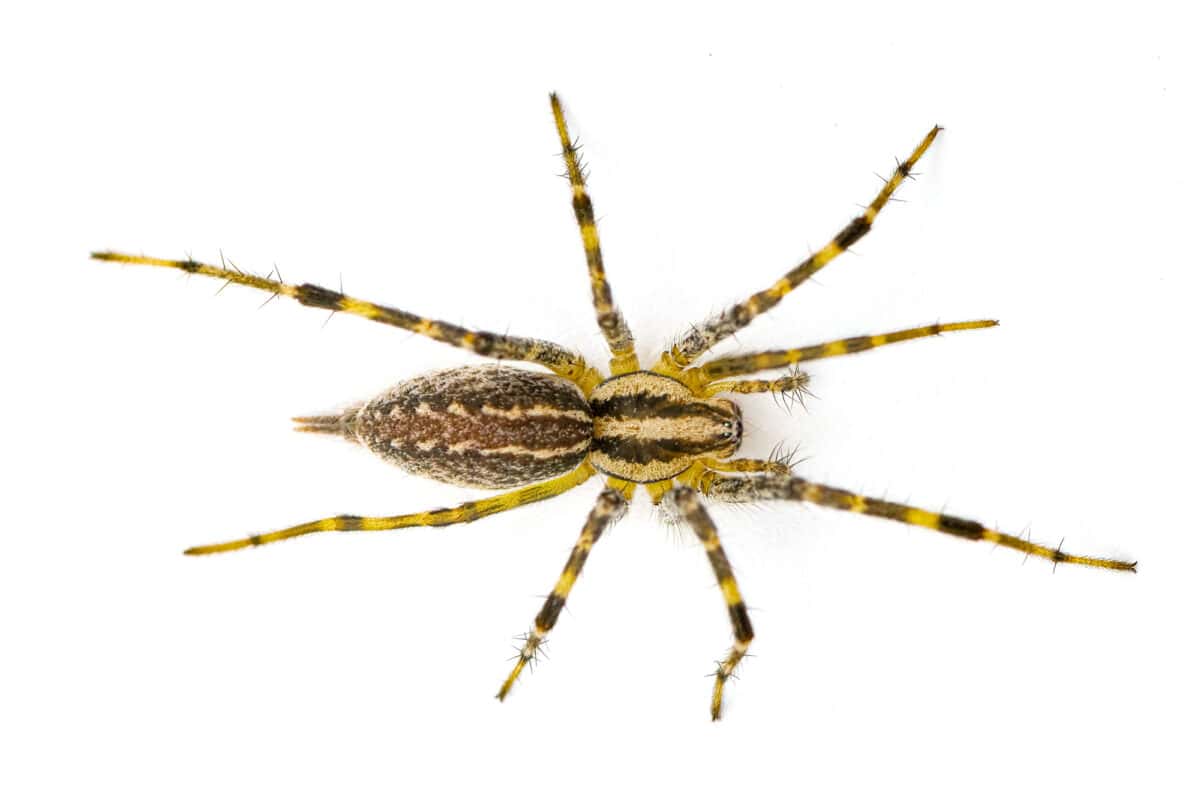
Funnel Weavers construct characteristic funnel-shaped traps to catch prey. These spiders are usually brown and fast-moving. They can be found near ground level in homes, where they help reduce insect numbers. Despite their imposing webs, they pose no threat to humans.
3. False Widow
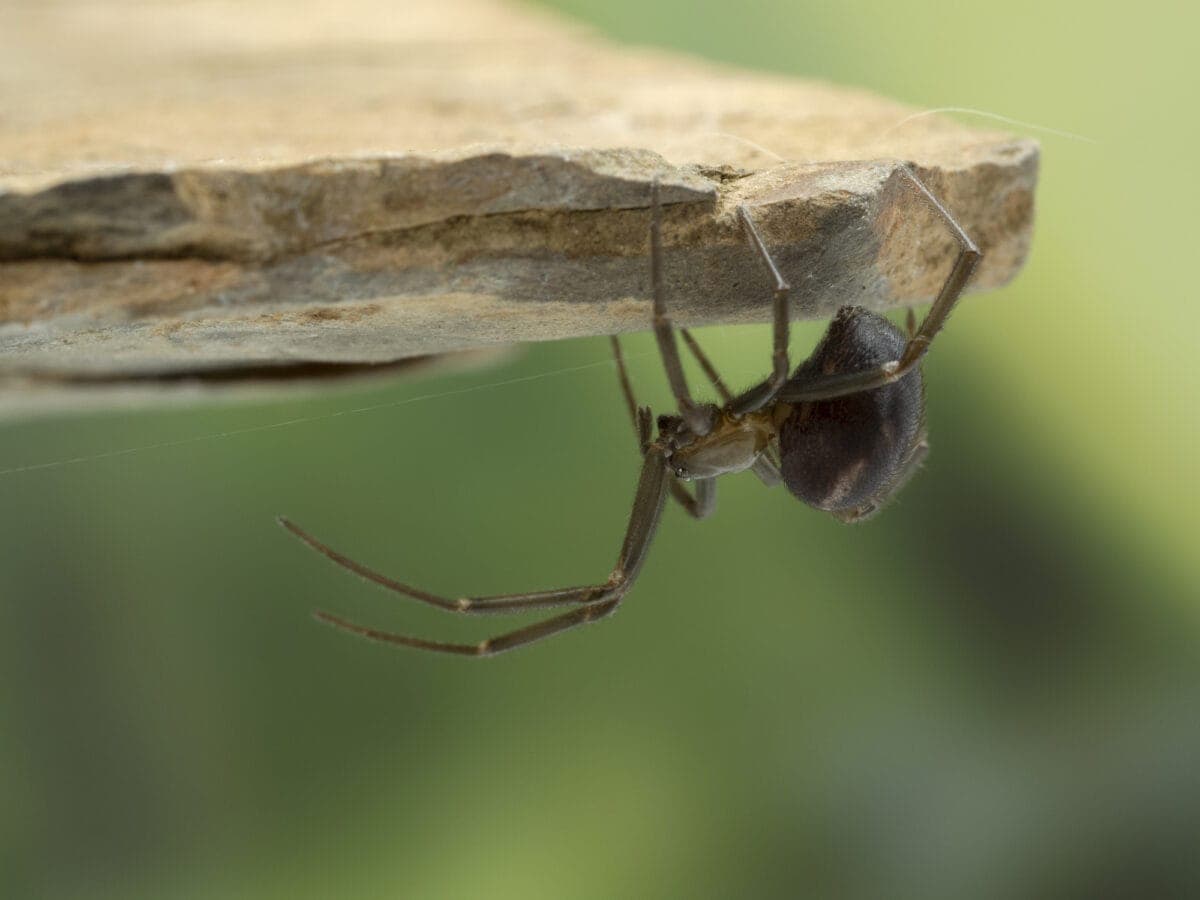
The False Widow resembles the infamous Black Widow but is less dangerous. Found in Europe and the U.S., these spiders have a shiny, bulbous body and usually bear no red markings. Although they can bite, the symptoms are mild and rarely require medical attention.
2. Long-bodied Cellar Spider

Similar to the Daddy Longlegs, the Long-bodied Cellar Spider is recognized by its elongated, thread-like limbs. Preferring cool and damp environments, these spiders are steadily becoming more common in household basements, where they help control other arthropods.
1. Mouse Spider

Mouse Spiders get their name from their furry texture and burrowing behavior, resembling that of a mouse. Found largely in the Southern Hemisphere, they make their homes in undisturbed corners, exercising effective pest control. Despite their fearsome appearance, they are typically not aggressive.
Conclusion
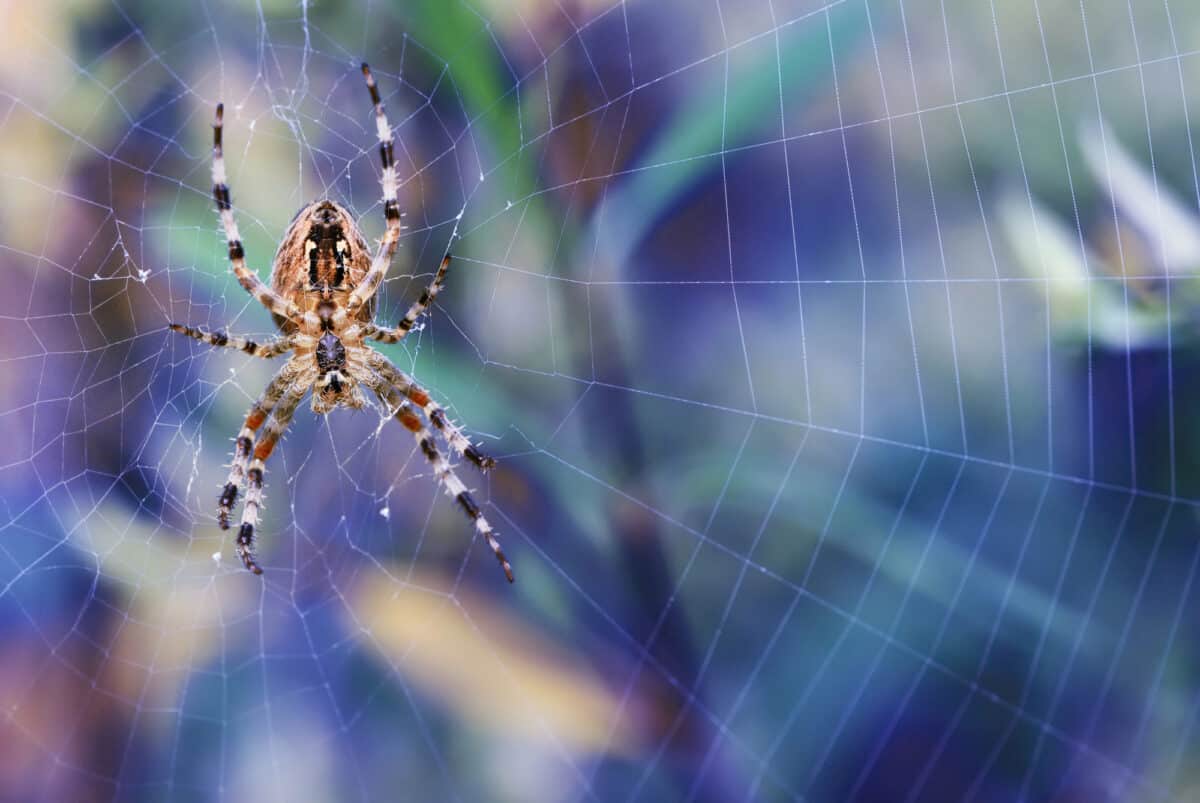
Understanding the various species of spiders that share our living spaces can transform fear into fascination. While some spiders indeed warrant cautious interactions, most are harmless and even beneficial. By recognizing these common household species, we can appreciate their role in our ecosystem and take the mystery out of our eight-legged cohabitants. Whether keeping pest populations in check or simply providing an intriguing glimpse of nature, spiders are an integral part of our indoor environment.
- 14 Creatures That Can Freeze and Thaw Back to Life - August 9, 2025
- 10 Animals That Risked Their Lives to Save Humans - August 9, 2025
- 14 Reasons Why Bears Are Afraid of Humans (Most of the Time) - August 9, 2025

